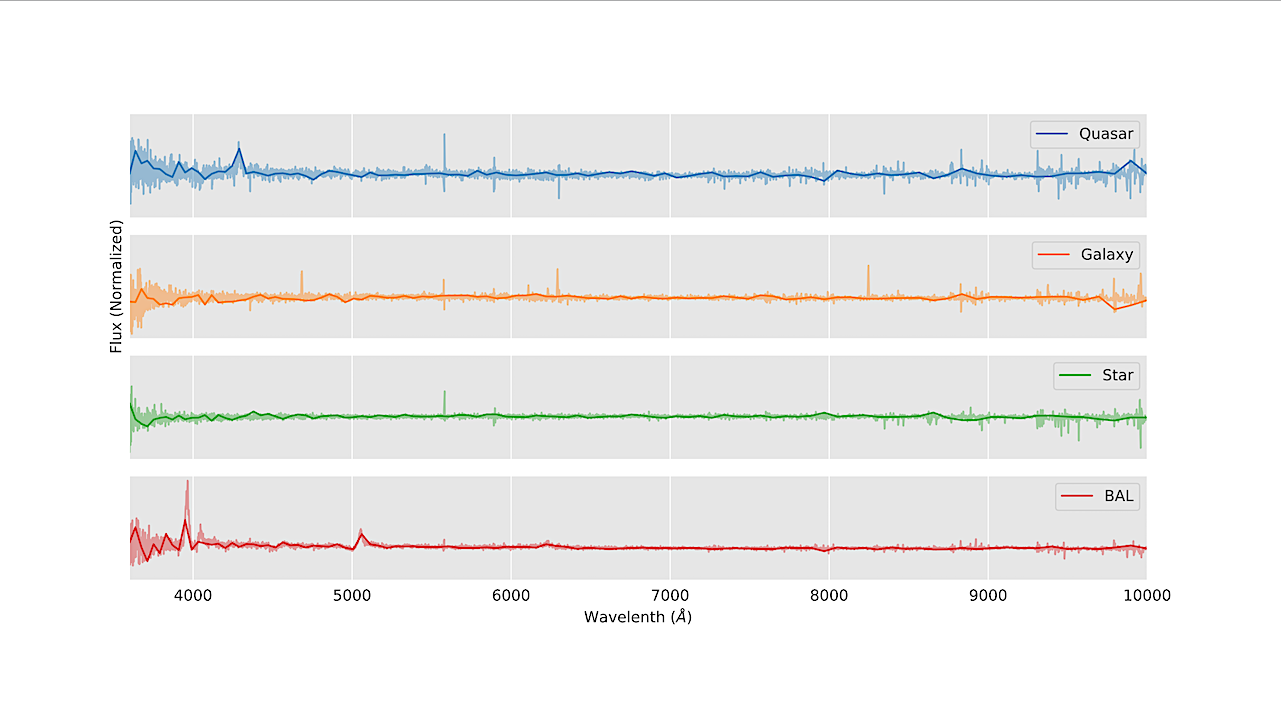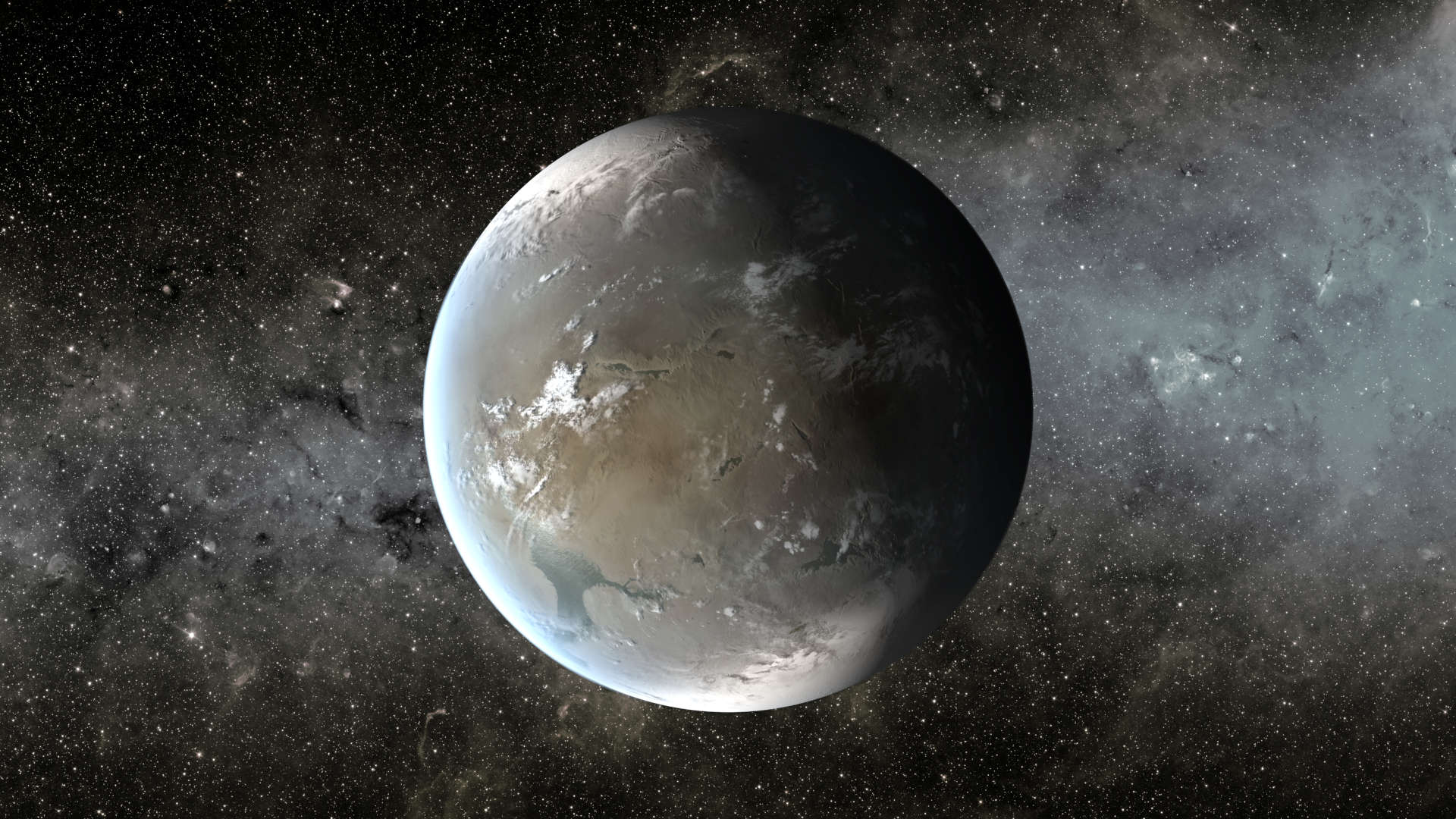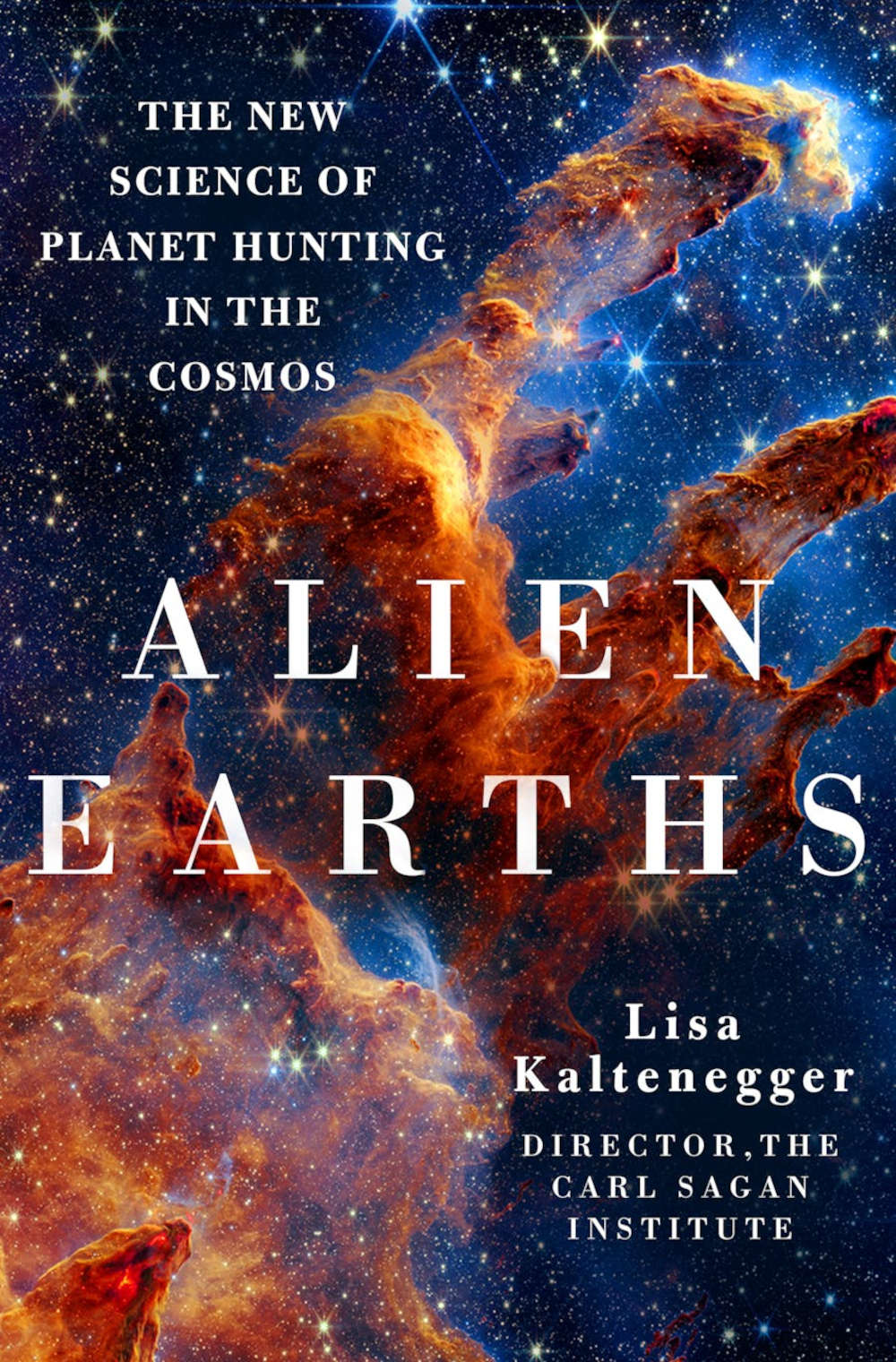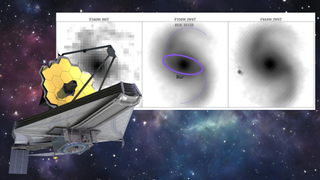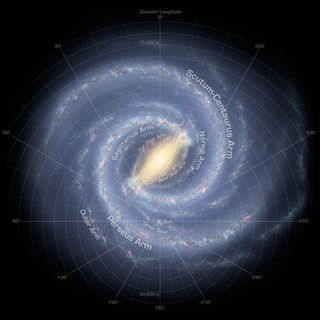University of Toronto scientists appointed as GSK chairs will advance drug delivery research and vaccine education tools for healthcare professionals
Vaccine-focused chairs announced during World Immunization Week 2024 will build tools for broader vaccine uptake and drive discovery in the next wave of vaccine design
Business AnnouncementThe University of Toronto’s Leslie Dan Faculty of Pharmacy has announced the appointments of two leading scientists as endowed GSK research chairs. These appointments represent the collaborative efforts between the two organizations to advance the field of pharmacy and drive positive change in patient care.
Anna Tadio, professor at the Leslie Dan Faculty of Pharmacy, University of Toronto, and senior associate scientist at The Hospital for Sick Children (SickKids) is the inaugural holder of the GSK Chair in Vaccine Education and Practice-Oriented Tools.
Bowen Li, assistant professor at the Leslie Dan Faculty of Pharmacy, University of Toronto, and the Canada Research Chair in RNA Vaccines & Therapeutics is the new GSK Chair in Pharmaceutics and Drug Delivery.
Among the most prestigious appointments in academia, endowed chairs are maintained in perpetuity. They enable continuous advancement in research and teaching and signify a long-term commitment to a specific area of impact.
“At GSK, we are committed to supporting innovative centers and thought leaders, and the collaboration with the University of Toronto's Leslie Dan Faculty of Pharmacy aligns with our goals of positively impacting the future of pharmacy and supporting the development of next-generation vaccines and therapeutics,” said Dr. Bryan Tennant, scientific director, GSK Canada. “Congratulations to Dr. Taddio and Dr. Li on your appointments. This is a remarkable milestone in advancing pharmaceutical research and education, and we’re eager to see how your work will propel us toward a healthier society.”
GSK Chair in Vaccine Education and Practice-Oriented Tools
Earlier interventions and widespread vaccination can change the trajectory of diseases and reduce pressure on healthcare systems. Pharmacists play a pivotal role in promoting good health outcomes, and their significance only grows as community pharmacies are increasingly recognized as essential health hubs.
The GSK Chair in Vaccine Education and Practice-Oriented Tools was established by GSK and the Leslie Dan Faculty of Pharmacy in 2023 through a joint investment of $ 3 million. As the inaugural chairholder, Anna Taddio, professor, Leslie Dan Faculty of Pharmacy, will have a broad educational and research mandate and will focus on closing gaps in vaccine education for students and healthcare professionals, particularly pharmacists. She will work to develop evidence-based models of vaccine care that health professionals can use across a range of settings and that build trust, address barriers, and improve health outcomes.
“Addressing barriers to vaccination is a crucial aspect of improving vaccine acceptance and, in turn, public health. We need to make important changes to how care is delivered that are directly informed by patient participation and experiences,” said Taddio. “This chair will help to further the work we are leading, creating and evaluating innovative and practical approaches that will drive how we educate providers to practice and support vaccination across the lifespan.”
A pharmacist and a scientist, Taddio is internationally recognized for her groundbreaking work developing evidence-based clinical guidelines focused on mitigating pain and fear during vaccinations and other needle procedures. In 2015, vaccine-administering recommendations developed by her team were written into Canadian immunization guidelines and adopted by the World Health Organization. During the COVID-19 pandemic, Taddio’s CARD system (short for Comfort, Ask, Relax, and Distract) was widely shared with healthcare networks and the public to help people feel more comfortable when receiving their vaccinations. The CARD system was implemented in specialized vaccination clinics across Ontario, including those run by the Centre for Addiction and Mental Health (CAMH) in Toronto, Wellington-Dufferin-Guelph Public Health, and pop-up clinics at the University of Toronto.
GSK Chair in Pharmaceutics and Drug Delivery
Since its establishment in 2000, the GSK Chair in Pharmaceutics and Drug Delivery has earned a remarkable reputation for its dedication to advancing our understanding of drug discovery and delivery. With the appointment of Bowen Li, assistant professor, Leslie Dan Faculty of Pharmacy, the chair's legacy of groundbreaking research and innovation in pharmaceutics and drug delivery is set to continue.
Working at the intersection of biomaterials sciences, drug delivery, and immunoengineering, Li leads a cutting-edge research program dedicated to building nonviral delivery systems for nucleic acids, including mRNA, circular RNA, and CRSIPR-Cas9. This rapidly evolving, highly interdisciplinary area of biomedicine is focused on tapping the potential of RNA to encode therapeutic proteins to prevent or treat multiple diseases, infectious diseases, cancer, and genetic disorders.
“The next wave of vaccines and pharmaceuticals will revolve around RNA drugs. Unlike traditional and conventional small molecule drugs that can only reach a small number of disease targets, RNA drugs have the potential to target the entire genome,” said Li. “However, the full potential of RNA therapeutics is contingent on solving the challenge of delivering these molecules into target cells safely and efficiently. This chair will help us develop new and better ways of delivering these drugs, improving their bioavailability so that we can experience their full benefit.”
The Li lab recently developed a pioneering high-throughput platform integrating combinatorial chemistry with deep learning algorithms. This innovative approach enables the swift design, synthesis, and screening of versatile delivery vehicles for customized nucleic acids, with the goal of accelerating the clinical translation of next-generation medicines.
VIDEO: GSK Chair in Vaccine Education and Practice-Oriented Tools
VIDEO: GSK Chair in Pharmaceutics and Drug Delivery
